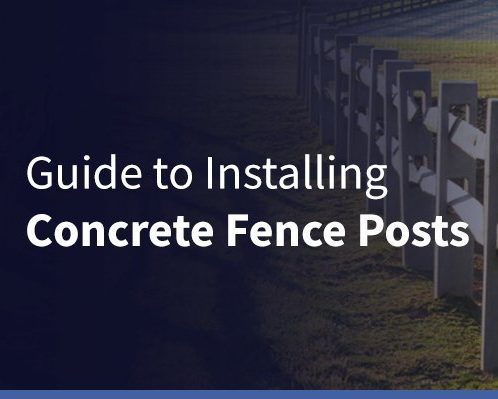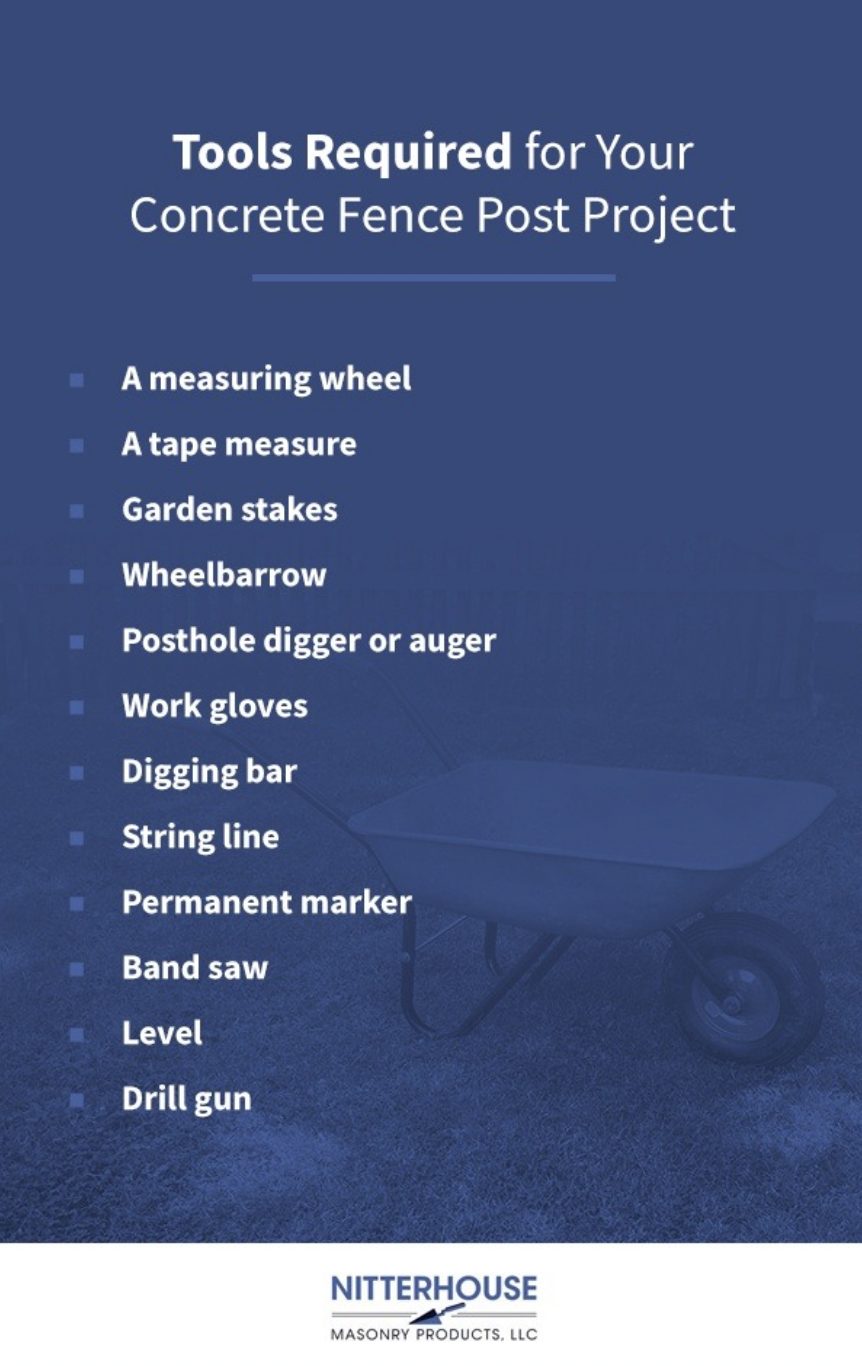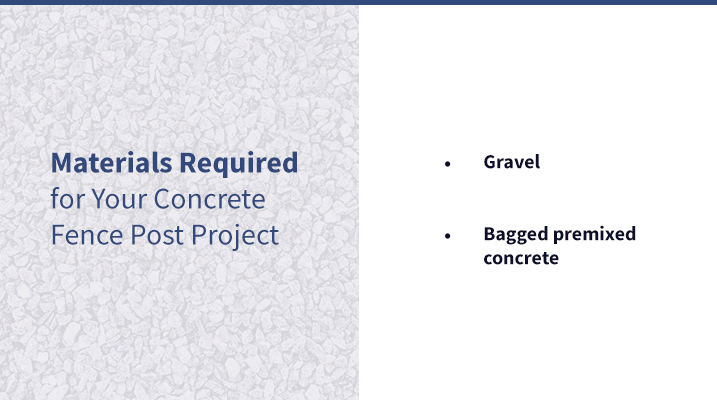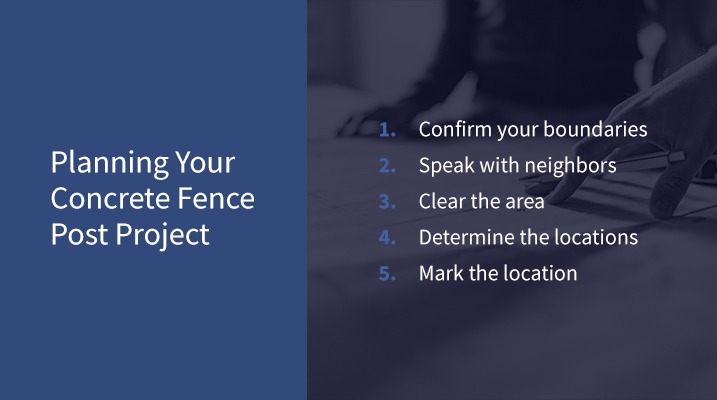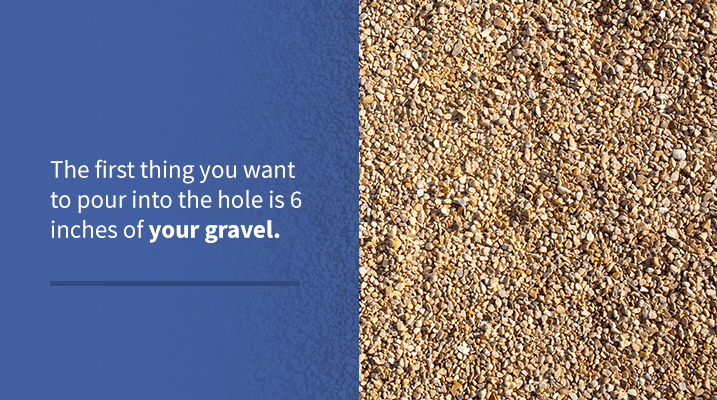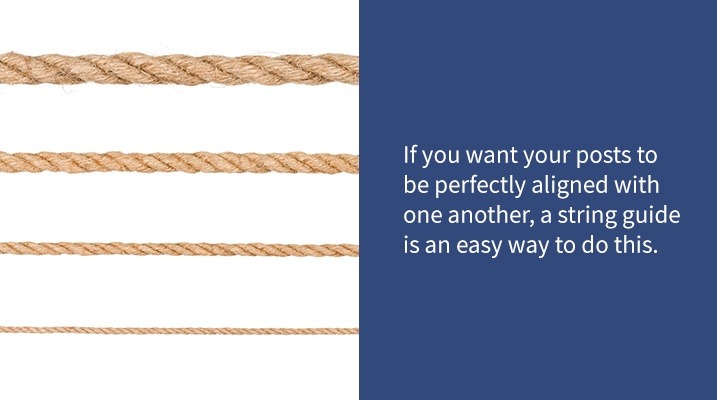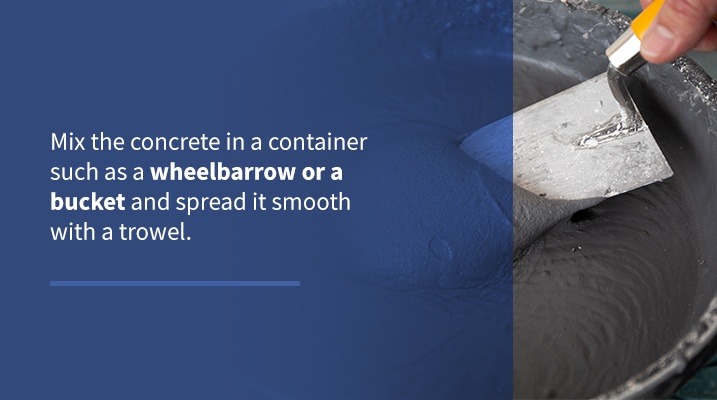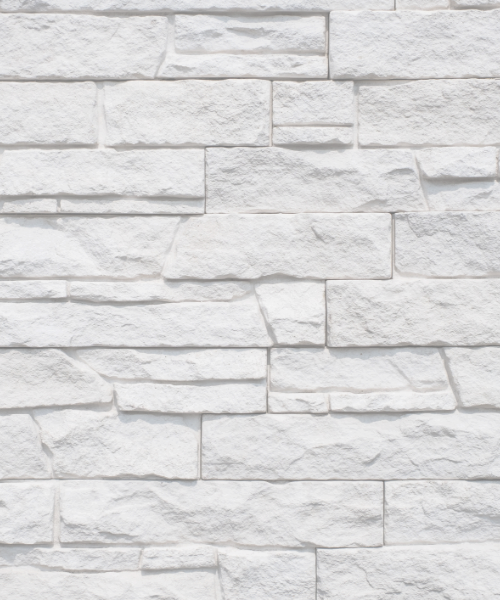Find Concrete Fence Posts at Nitterhouse Masonry
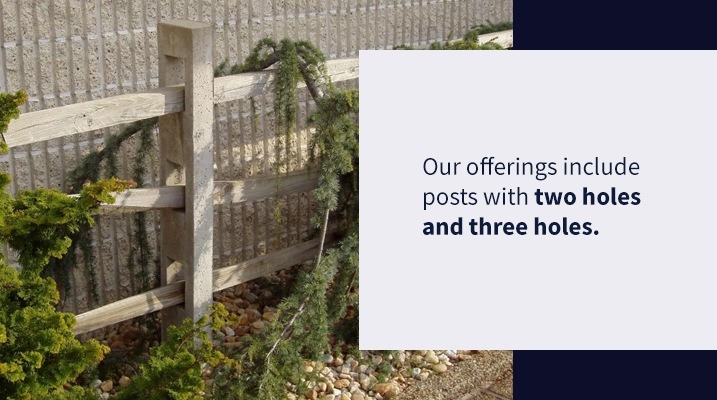
If you make Nitterhouse Masonry your supplier, you’ll have a couple of options to choose from when it comes to concrete fence posts. Our offerings include posts with two holes and three holes, depending on your project and fence type. Our posts are 59 inches long and measure 7.5 by 7.5 inches. They weigh 104 pounds each and have a recommended installation depth of at least 2 feet.
Our posts are made in our Chambersburg production center. They’re great for a wide range of applications, including fencing yards, lining pastures and serving as horse fence posts.
With us, quality is a guarantee. Our concrete posts are extremely durable and long-lasting, having been designed to withstand all kinds of harsh weather conditions. Our posts are especially useful in rainy regions where wood posts tend to rot quickly. The concrete we use during production is of the highest quality, meaning you will get the durability and longevity that you’d expect from investing in concrete fence posts.
In addition to our premium products, we always stand out among competitors for our unparalleled customer service. If you want to know more about our products or would like some professional guidance while considering your options, we are always happy to help.
Nitterhouse Masonry uses a network of dealers across the Eastern U.S., which includes:
When you’re ready to order high-quality posts for your fence, you can search for a dealer in your area.


